The bird flu outlook has only gotten worse
By Lucy Shapiro | February 20, 2025
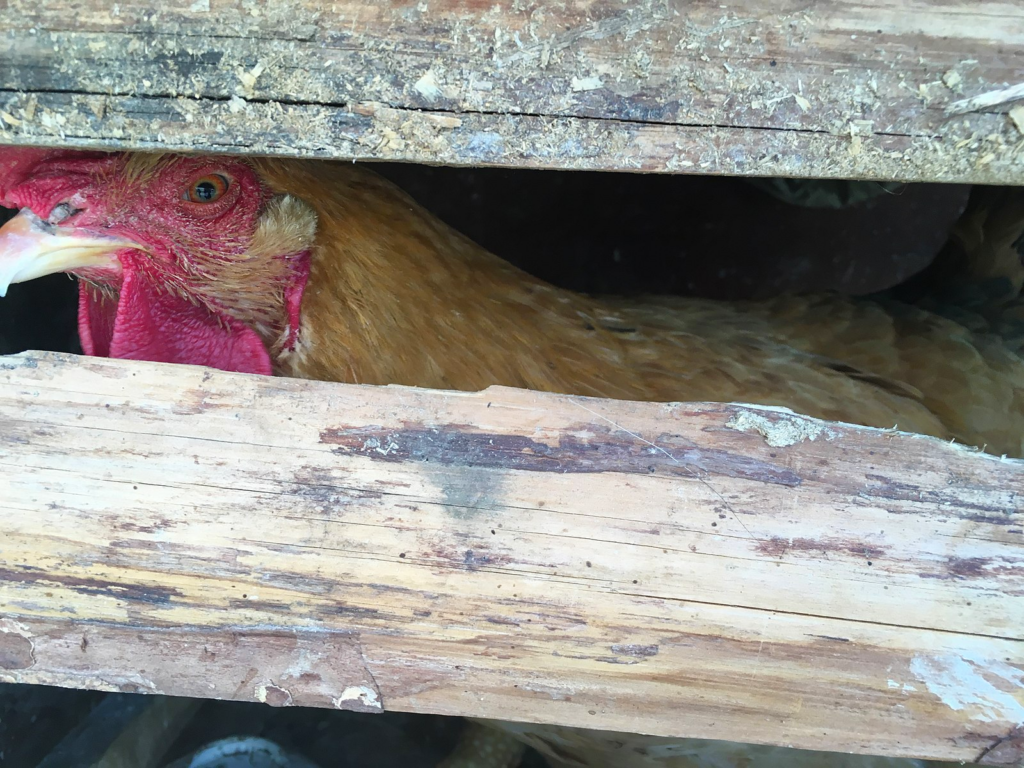 The chance of an H5N1 avian influenza pandemic
continues to rise. Credit: Emily. CC BY-SA 4.0.
The chance of an H5N1 avian influenza pandemic
continues to rise. Credit: Emily. CC BY-SA 4.0.
H5N1 avian influenza has been nothing if not a slow-boil crisis. The outlook took a turn for the worse in 2021 when birds brought the virus from Europe to America, mirroring 2014, when Asian migratory flocks sparked widespread outbreaks in the United States and Canada. Both these events led to mass infection of domestic poultry and resulted in the culling of millions of chickens. But the outbreaks that began in 2021 and continue to this day have an additional feature: This time, mammals like seals and big cats have also been infected in large numbers, turning up dead on beaches, in zoos, and elsewhere.
Last year proved to be yet another inflection point for the virus when it was detected in hundreds of US cattle herds and in workers who managed them. By now it’s clear there’s no reason for optimism that H5N1 will fade away as a minor nuisance. To the contrary, the situation has only been trending worse.
With many signs pointing to a future flu pandemic, the keys to getting in front of it will be ensuring a free flow of data that can provide early warning and boosting the resources for testing widely and analyzing H5N1’s genetic evolution. That needs to happen both globally and domestically—but at a critical juncture, President Donald Trump has instead pulled the United States back from international health efforts, compounding his misstep by targeting domestic health agency communications, capacities, and budgets. The chances are increasing that the world will miss an opportunity to address a potential pandemic before it begins.
Infection with the avian virus has expanded with unprecedented rapidity in wild and domestic birds, along with marine and terrestrial mammals. In one recent and frightening incident in late 2024, of the 37 big cats harbored at a sanctuary in Shelton, Washington, including cougars, bobcats, and tigers, 20 died of infection with the virus, most over a 24-hour period. H5N1 appeared to have spread through respiratory secretions and contact with infected migratory birds.
The silver lining to H5N1 is that while people exposed to diseased animals can catch the virus, as far as researchers know, they can’t readily infect other people. But that could change as infection numbers balloon. The virus poses a serious threat.
Public health experts were rightly concerned when the virus appeared in US dairy herds in 2024. It has killed half of the close to 1,000 people who’ve contracted it since the early 2000s‚ predominantly in Southeast Asia. There, it was able to spread rapidly, infecting close to a thousand herds so far. Unlike what happens with wild birds or other species, people work closely with dairy cattle. People have also caught the virus directly from birds. While dairy workers have so far experienced mild infections, two people who caught the virus from dead or infected wild or domestic birds have had far worse outcomes. One patient from Louisiana died; another in British Columbia recovered only after extraordinary medical intervention. In both of these cases, viral RNA sequences revealed mutations that may enable effective binding to cells in the human respiratory tract. In cattle and in numerous other species, the virus is getting plenty of chances to evolve to become more dangerous.
Of particular concern: When two different strains of the virus co-infect a single host, they can exchange segments of their genomes, a process called reassortment. This can create a new virus with a different combination of properties. For example, the human swine flu, (H1N1) epidemic of 1985-1989 was caused by a virus that arose from the swapping of segments in a pig that was co-infected with a human and a bird strain of the virus. This sort of mixing in animals is becoming more likely in the current avian influenza outbreak, which is occurring alongside extremely high levels of seasonal influenza.
Currently, most testing for H5N1 is of symptomatic cases. But infected animals and people can harbor high viral loads for days prior to exhibiting symptoms. Dairy and poultry farm workers, though, have been reluctant to get tested for fear of losing their jobs. While the Centers for Disease Control and Prevention (CDC) recently changed recommendations to ensure testing of asymptomatic farm workers, the number of tests that have been administered remains inadequate. The CDC has recently partnered with commercial testing labs to enhance surveillance and individual states are also ramping up testing milk in asymptomatic herds.
Aggressive testing is needed for early detection of a human transmissible form of H5N1, but that’s just part of any necessary response plan: Surveillance without communication is useless. The Trump administration, as part of a general assault on the budget of health agencies and their scientific independence, has endeavored to clamp down on federal public health communication—even vitally important information on H5N1.
After the inauguration, the administration prevented the publication of the CDC’s vaunted Morbidity and Mortality Weekly Report, which had boasted an unblemished record of regular publication for decades, even after presidential transitions. The first post-inauguration edition reportedly was to contain studies on H5N1. When publication resumed, they weren’t included (although one has since published, showing a risk of infection for veterinarians working with infected animals).
Since then, data has been trickling out from multiple sources.
Earlier this month, the Department of Agriculture revealed a second strain of H5N1 had jumped from birds into three dairy herds in Nevada. The jump involved the more lethal strain D1.1 strain, which has mutations that could make the virus spread more easily in mammals, as opposed to the milder B3.13 strain which has been infecting herds since last summer. The Nevada cows didn’t have symptoms when they were tested, but early detection by the Nevada Department of Agriculture’s milk testing program allowed officials to quarantine affected herds and thereby contain the spread of infection.
With the more dangerous D1.1 strain now predominating among North American migratory birds, what happened in Nevada—the second documented transfer of H5N1 from birds to cattle—comes as no surprise. Surprises, however, could be on the horizon with this virus if testing of non-symptomatic people and animals continues to be inadequate, particularly as the Trump administration restricts US global cooperation and the data flowing from the US and international organizations that identify infections and viral evolution slows to a trickle or comes to a complete stop.
The CDC and the World Health Organization (WHO) are instrumental in keeping an eye on the evolving H5N1 threat. No part of the globe is protected from circulating pandemic viruses and knowing what they are and where they are is crucial to protecting the health of Americans and people around the world.
Historically, the CDC and the WHO have engaged in an active exchange of data related to global disease surveillance. Communication between the agencies has occurred in forums such as advisory boards and emergency response teams. In late January, however, the Trump administration put a halt to CDC staff communication with the WHO and pulled out staff who worked at WHO offices. The administration also ordered a halt to US financial assistance to the WHO, though that executive order includes a year-long grace period. The order to cut off in communication, though, took immediate effect. The United States is no longer part of the global discussion about how to respond to a growing and potentially explosive disease threat. Americans have lost reliable insight into H5N1 behavior beyond US borders and potentially will lose chances to take protective steps.
Of course, the global health system is flawed. The WHO and the CDC have faced criticism for their gaps and delays in preparedness and response in the days after the emergence of COVID-19. The WHO was accused of becoming a tool of political agendas and criticized for failing to issue travel restrictions until the pandemic was already raging throughout the world. Meanwhile at the CDC, a flawed COVID test released early-on delayed accurate reporting of cases. The system needs to be fixed, not abandoned, especially as the H5N1 threat continues to escalate.
With the cases of birds and mammals infected with the virus continuing to explode, the appearance of a transmissible pandemic strain is not “If,” but “when.” To quote Michael Osterholm, the director of the Center for Infectious Disease Research and Policy at the University of Minnesota: “The pandemic clock is ticking. We just don’t know what time it is.”
Together, we make the world safer.
The Bulletin elevates expert voices above the noise. But as an independent nonprofit organization, our operations depend on the support of readers like you. Help us continue to deliver quality journalism that holds leaders accountable. Your support of our work at any level is important. In return, we promise our coverage will be understandable, influential, vigilant, solution-oriented, and fair-minded. Together we can make a difference.
Keywords: Donald Trump, H5N1
Topics: Biosecurity

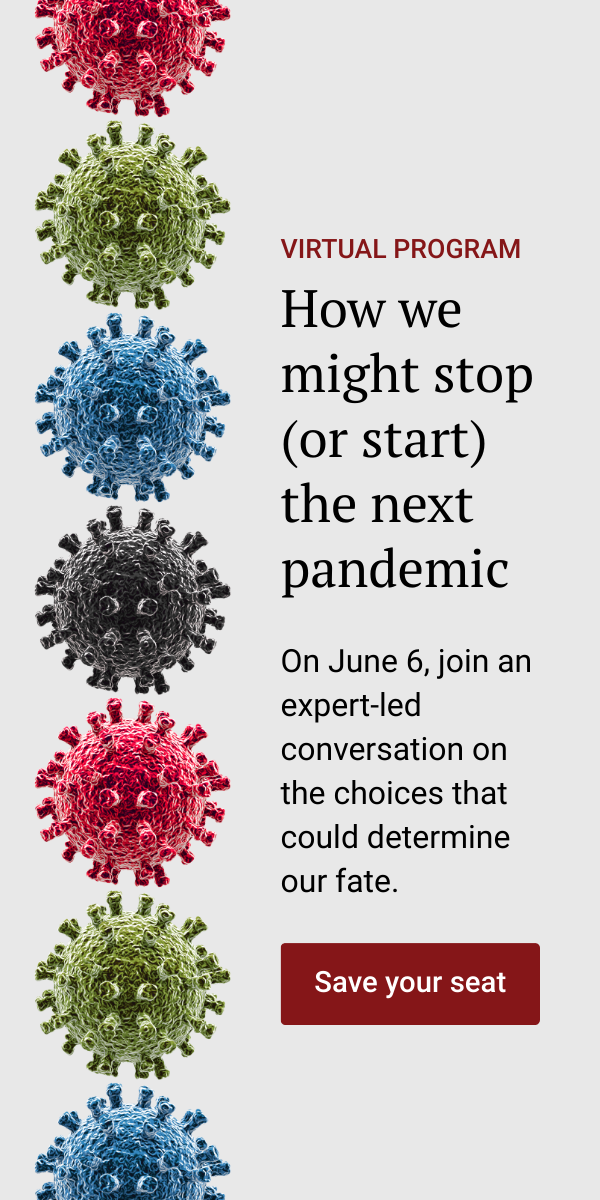

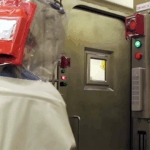
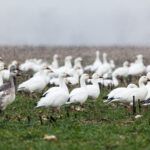

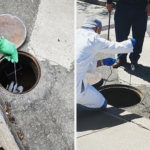



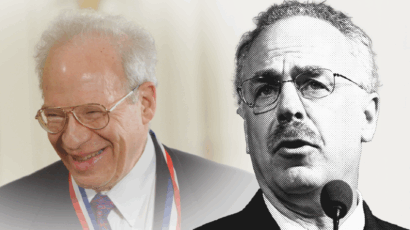





The Trump administration will do nothing except deny, lie and deflect.
We’re on our own.
These are not missteps. These people know what they want and what they want is destruction of our nation as we know it.
I would have liked this article much more if it didn’t include political finger pointing. But it was a extremely well written and informative article just the same. I had no idea how transmittable H5N1 is! I have a friend who has 4 dogs and 2 recently became sick and passed. Now I’m wondering if the bird feeders (Of which she has several) in her yard could of somehow played a roll? But the other 2 are still alive. Also she has been Ill with respiratory distress being the primary symptom. Also she has her daughter and 2 granddaughters living… Read more »
The Trump administration has restricted the communication of information because of disinformation and corrupt political agenda driven misinformation or the lack their of,especially pertaining to the Chinese controlled WHO, I humbly submit the President is on the right track. MAY GOD BLESS EACH AND EVERYONE. NORM JACOBSON.
Perhaps the worst part of the Trumpian coup destroying the American democracy is how clumsy it is – that part of the destruction is the loss of vital systems to detect and deal with infectious disease is cruel, yes, but also unbelievably stupid as well.
When the next pandemic begins killing us, it will be Trump’s failures, definitely, but also all of ours for not stopping this coup, for not stopping him.